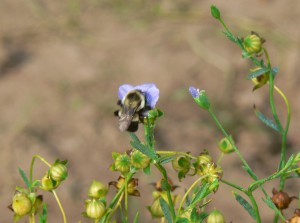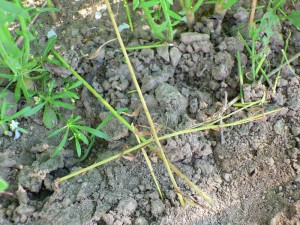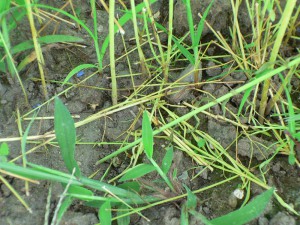It is, in fact, April. No foolin’. I am excited that it’s spring but, as usual, I’m ill prepared. Even though we had a mild winter here in terms of temperatures and snowfall, it was still winter. And I was still surprised by the sudden acceleration of the hours of daylight around the spring equinox. Winter winter winter winter winter, then, ta da, spring!
The other day I read on a blog post from one of the Vävstuga students that they had planted flax as part of the Väv Immersion class. Tip: hit the back button to get back to my post from these links. (12/30/2023 Edited: Updated Väv Immersion link.)
What? I felt a sudden panic. I am not ready to plant. Continue reading “If It’s April It Must Be Time to Plant Flax”



